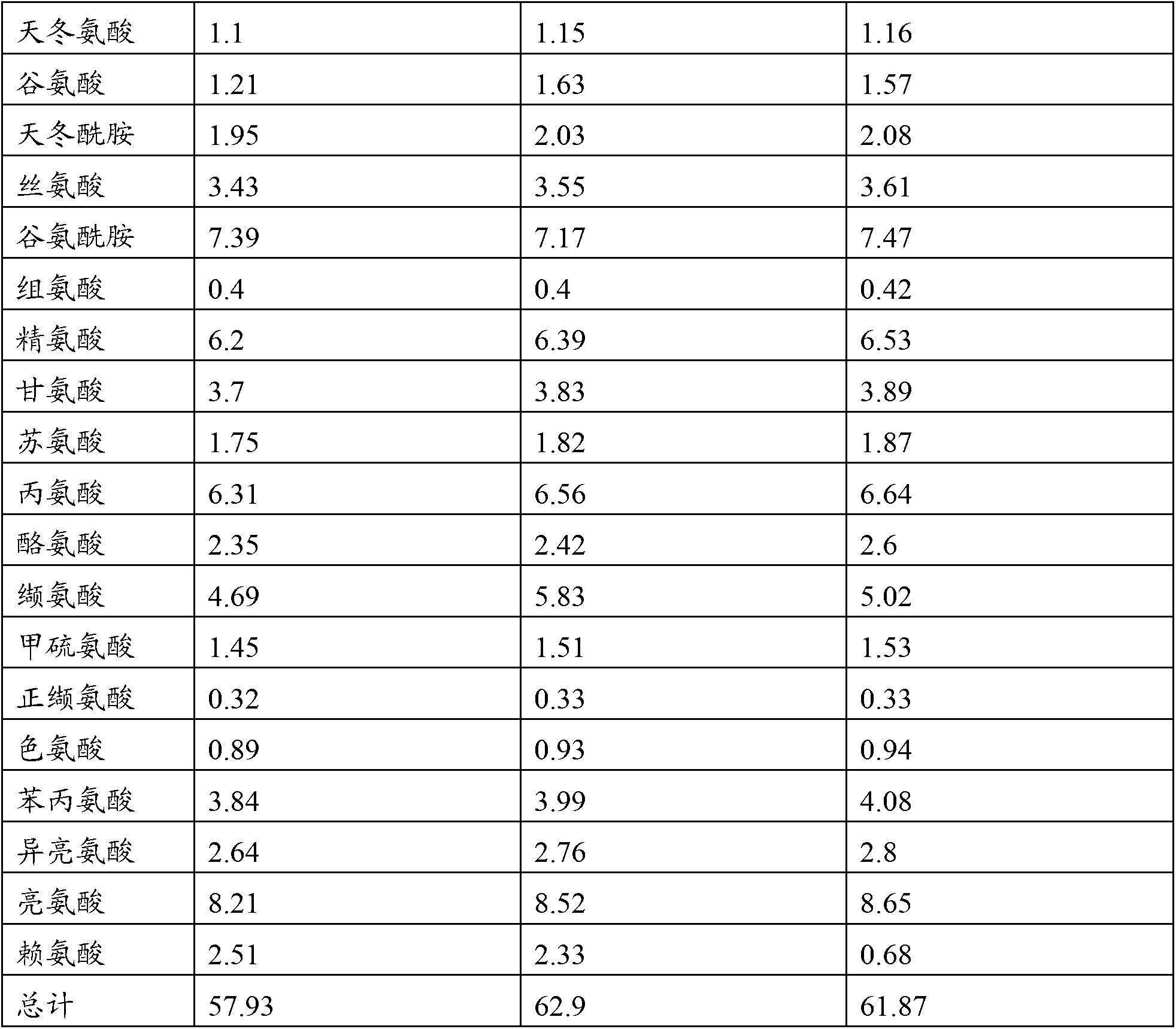A method to reduce biogenic amine content in food
A technology of biogenic amines and intermediates, which is applied in the field of reducing the content of biogenic amines in food, and can solve problems such as inability to fully eliminate biogenic amines, insufficient activity, and ineffective metabolism of biogenic amines
- Summary
- Abstract
- Description
- Claims
- Application Information
AI Technical Summary
Problems solved by technology
Method used
Image
Examples
Embodiment 1
[0093] Reduce biogenic amines in samples using transglutaminase (TGase), diamine oxidase (DAO) and monoamine oxidase (MAO).
[0094] Histamine and tyramine removal by transglutaminase, diamine oxidase and monoamine oxidase was evaluated in buffer systems, wort and beer.
[0095] Transglutaminase from Streptomyces mobara was obtained as disclosed in EP2175737.
[0096] DAO (D7876), MAO (A M7316), histamine, tyramine and z-Gln-Gly were obtained from Sigma Aldrich
[0097] 42 μL of wort (typically 100% malted wort at 12°P) was mixed with the following according to:
[0098] 7 μL stock solution consisting of 10 mM histamine and 10 mM tyramine
[0099] 50 μL 10 mM z-Gln-Gly or 50 μL 10 mM phosphate buffer pH5.8
[0100] 1.05 μL LTG enzyme stock solution consisting of 9.5 mg EP / mL
[0101] HPLC measurements were performed according to Example 1 after incubation for 1 hour at 37° C. with shaking (900 rpm).
[0102]
[0103] The above table shows that 44.3 and 8.8% of histamin...
Embodiment 2
[0115] Amino acid analysis of samples treated with transglutaminase, MAO and DAO was performed to see if there were any significant changes in the amino acid composition of the wort samples.
PUM
 Login to View More
Login to View More Abstract
Description
Claims
Application Information
 Login to View More
Login to View More - R&D
- Intellectual Property
- Life Sciences
- Materials
- Tech Scout
- Unparalleled Data Quality
- Higher Quality Content
- 60% Fewer Hallucinations
Browse by: Latest US Patents, China's latest patents, Technical Efficacy Thesaurus, Application Domain, Technology Topic, Popular Technical Reports.
© 2025 PatSnap. All rights reserved.Legal|Privacy policy|Modern Slavery Act Transparency Statement|Sitemap|About US| Contact US: help@patsnap.com



